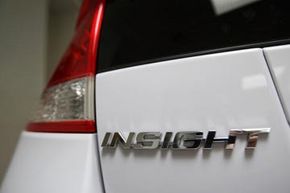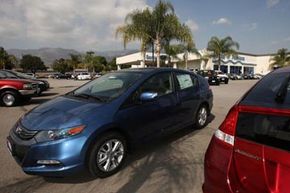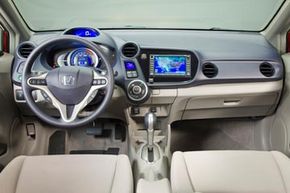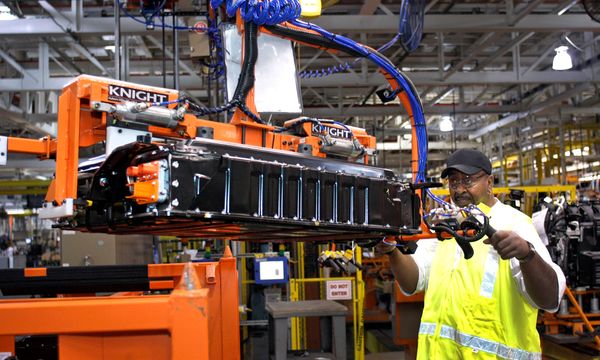When most people bring up the subject of hybrid cars, the Toyota Prius is most likely the first and most prevalent example that comes to mind. It's consistently on year-end best of lists for performance, fuel efficiency and overall satisfaction, and its mid-range price has made it fairly reasonable for most drivers.
However, despite the Prius's dominance, the popular car wasn't the first modern hybrid vehicle to hit America's roads and make an impact. That honor belongs to another Japanese carmaker -- Honda Motor Company. In 1999, Honda began producing the 2000 Honda Insight, the first gasoline-electric hybrid to be sold in mass production to U.S. drivers.
Advertisement
Using a small electric motor to assist the gas engine, the Insight quickly moved to the top of the Environmental Protection Agency's list for best fuel economy. The Insight also introduced Honda's Integrated Motor Assist (IMA), the technology the company would end up using in all of its hybrid powertrains ever since. The system included several aspects that would become the core of hybrid technology, including regenerative braking, nickel-metal hydride battery packs and microprocessor use.
Honda stopped producing the Insight in 2006, but the hybrid's hiatus was short-lived. The automakers have refreshed the Insight for the 2010 model year, introducing a new second-generation design to drivers. The hybrid will still use the Integrated Motor Assist system it first brought to the states, but it will also include newer features such as the Ecological Drive Assist System. The system is also known as Eco Assist -- a visual feedback system meant to help drivers improve their fuel economy and overall driving habits. In an effort to entice drivers and rival the Prius, Honda's Insight will be the least expensive hybrid car on the market, priced at $19,800 for the base version.
So how does the 2010 Honda Insight work? How fuel-efficient is it? What has Honda changed inside and under the hood for the Insight's second generation?
Advertisement



